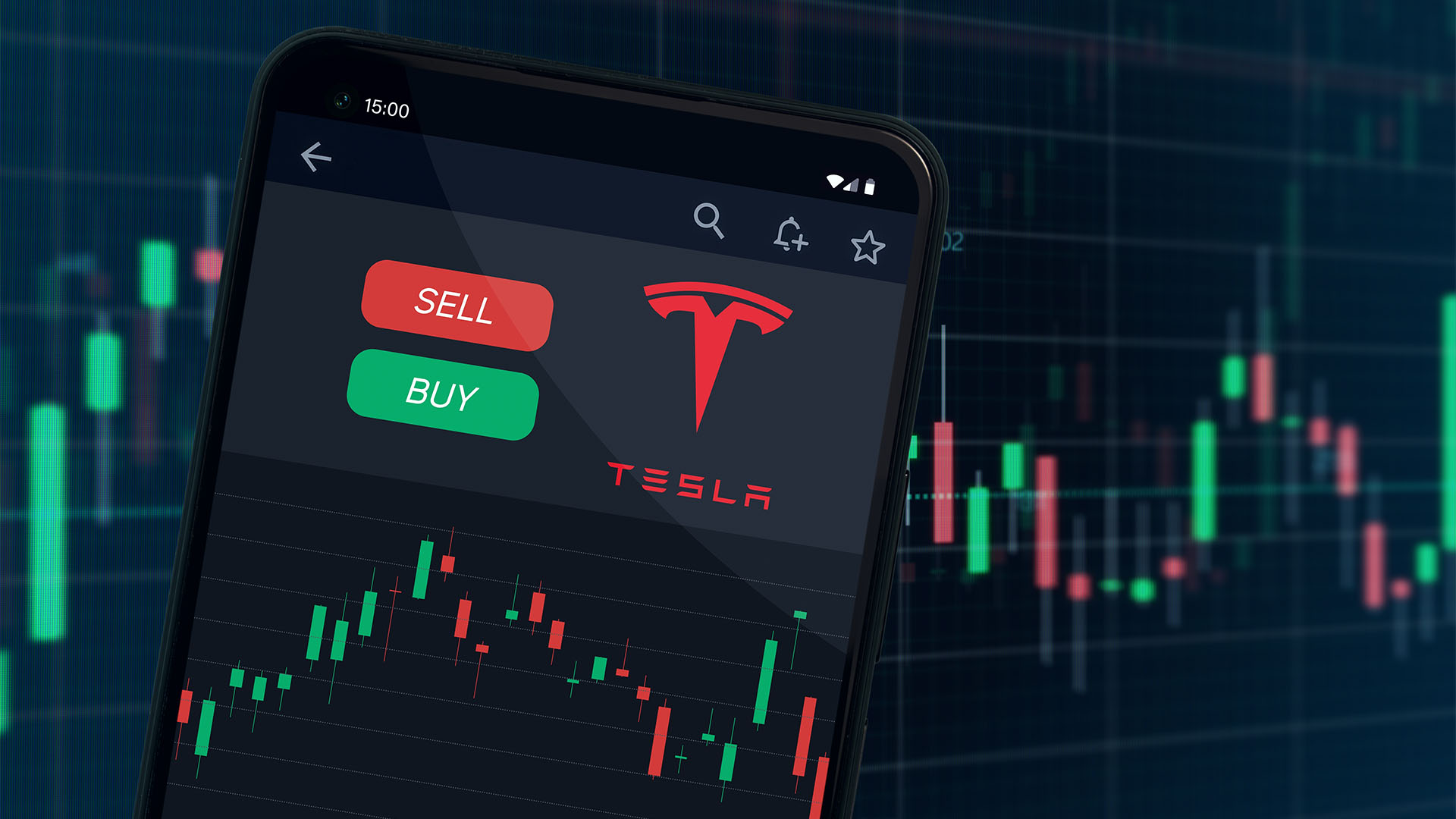517,000 new US jobs in January was a shocking way of blowing up all those safe assumptions about the supposed slowing in the pace of US economic growth, a possible pause in the interest rate rises from the Fed and the belief that it is still onwards and upwards for the 2023 stockmarket rally.
At the same time, every forecaster was made to look foolish by the January jobs data. which were simply beyond belief for analysts and economists.
That’s why some of the more experienced forecasters think that jobs data for February and March will be much more sedate, and even show a weaker trend. Some even suggested January could be a final surge in job creation before the economy slows.
That’s a bit melodramatic and still doesn’t explain how every forecaster got it so wrong.
The next big test for the US economy comes February 14, with the January inflation data. Should that show a rise in the Consumer Price Index instead of an expected easing (as the December data did), then Wall Street’s 2023 rally could go up in smoke.
The 517,000 for January was well above December’s gain of 260,000 and the biggest monthly rise since last July. December’s figure was lifted by 47,000 from the original 223,000 (that figure has seen many economists suggest the hot jobs market was slowing, but that is no longer the case).
Add the extra December jobs and the figure for January and the number of new jobs created is a massive 563,000.
This saw the unemployment rate fall to 3.4%, under the market forecast of 3.6% and the lowest since May, 1969.
And this was done with another easing in the pace of wages growth.
Average hourly earnings rose 0.3%, in line with the estimate, and an annual 4.4% (the slowest rate since August, 2021) and below December 4.6% rise.
The data stunned Wall Street (and no doubt the Federal Reserve which had downgraded its view of the US jobs market in its post meeting statement last week).
Wall Street was already grappling with the negativity flowing from the Thursday quarterly reports from Apple, Amazon and Alphabet and the jobs shock made sure it remained in the red all day.
The Dow lost 127.93 points, or 0.38%, to 33,926.01 — even as Apple shares ended 2.4% higher by the close as investors overcame their concerns about the weakest company’s quarterly report in more than six years.
The S&P 500 fell 1.04% to 4,136.48 while the Nasdaq Composite shed 1.59% to 12,006.95.
For the week. The S&P 500 rose 1.62% (its 4th weekly gain in the last five), the Nasdaq jumped 3.3% (its 5th weekly gain in a row) but the Dow lost 0.15% as value stocks remained on the nose.
“It was a phenomenal report,” Michelle Meyer, chief U.S. economist at the Mastercard Economics Institute told CNBC. “This brings into question how we’re able to see that level of job growth despite some of the other rumblings in the economy.”
“The reality is it shows there’s still a lot of pent-up demand for workers where companies have really struggled to staff appropriately,” she said.
The household survey, which the Labor Department uses to compute the unemployment rate, showed an even bigger increase in new jobs of 894,000.
Widespread jobs growth helped fuel the massive rise last month
The US Bureau of Labor Statistics data showed that the leisure and hospitality sector added 128,000 jobs to lead the growth. Other significant gains came in professional and business services (82,000), government (74,000) and health care (58,000). Retail was up 30,000 and construction added 25,000.
Besides Wall Street’s gain for the S&P 500 and Nasdaq, Eurozone shares rose 2.1%, Japanese shares rose 0.5% but Chinese shares lost 1% in the first week of trading after the Lunar New Year break.
…………
Meanwhile trading in Tesla shares will be watched closely tonight after CEO Elon Musk was found not liable in a shareholder class-action suit stemming from 2018 tweets in which he said he was considering taking Tesla private.
Tesla shares rose 0.9% in regular trading on Friday before the result of the court case in San Francisco came after trading on Wall Street had ended for the week.
The shares edged up 1.4% in afterhours trading but US analysts expect a bigger rise tonight with the news more widely known over the weekend.
Musk was sued by Tesla shareholders over a series of tweets he wrote in August 2018 saying he had “funding secured” to take the automaker private for $420 per share, and that “investor support” for such a deal was “confirmed.”
He later claimed that he had a verbal commitment from Saudi Arabia’s sovereign wealth fund, and thought funding would come through at his proposed price based on a handshake. However, the money never came.
US media reports said jurors deliberated for less than two hours before announcing their verdict. “We are disappointed with the verdict and considering next steps,” said Nicholas Porritt, partner at Levi & Korsinsky, the firm representing the shareholders in the class action, in an email to CNBC.
“I am deeply appreciative of the jury’s unanimous finding,” Musk later tweeted.
Watch for Musk to go on a tweeting spree – but it won’t help his $US44 billion vanity Twitter deal.
…………
For the Australian market, news of a fall on Wall Street may prove confusing. Despite Wall Street’s fall, the futures market showed s 12-point rise for the local market’s re-opening later this morning.
That was after the ASX 200 jumped 0.62% on Friday (after Wall Street’s big gain on Thursday) to 7,558.10. That was up 0.86% for the week.
The ASX 200 is now just 0.9% below its all-time high. Oil, coal and metal prices fell last week but the iron ore price rose. The $A fell back below $US0.70 after the strong US jobs data pushed up the greenback
With the Reserve Bank expected to lift interest rates by 0.25% at its first meeting of the year tomorrow, local investors are hoping that the central bank will signal a slowing in the pace of rate rises after the frenetic pace in 2022.
But the US inflation data and then the Australian jobs data next week will be important considerations for the ASX and investors.
Labour markets in the US and Australia have been showing similar resilience and should the January data here be stronger than expected, investor hopes for fewer rate rises will be left warning.













